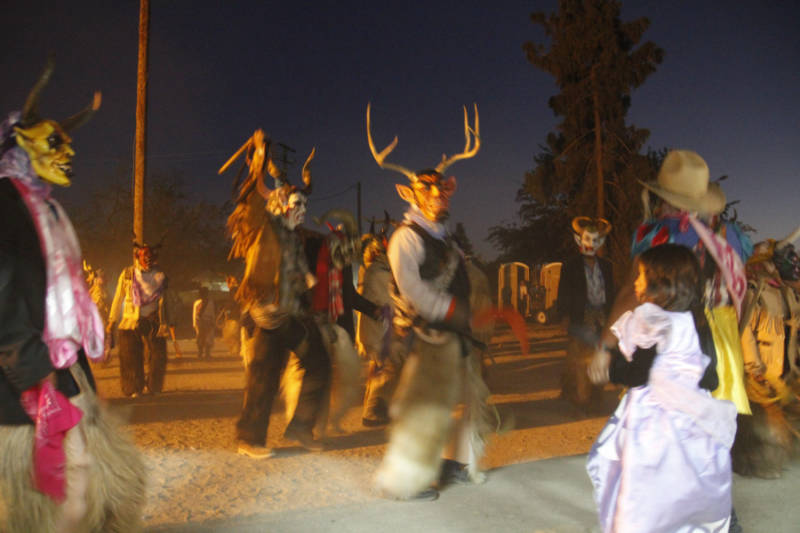With the official release of President Trump’s proposed budget on Thursday, arts leaders in California weren’t surprised to see the elimination of the National Endowment for the Arts (NEA) and the National Endowment for the Humanities (NEH) among the cuts. But that doesn’t mean they’re not worried about the survival of dozens of arts programs across the state, many of them serving immigrant and poor communities.
“It’s a significant blow,” says California Arts Council director Craig Watson. “Our fear is that even a loss of modest funding will have a ripple effect through local neighborhoods, and the neighborhoods that are least able to afford those losses.”
Watson says individual grants aren’t that large. In total, the NEA split $7.8 million among 119 grantees in California this year (2016-2017), while another $1.2 million went to the California Arts Council. But grantees have to match every dollar from other donors, in part to demonstrate public support for their programming or artworks. Groups say they can leverage an NEA grant nine times.
The Alliance for California Traditional Arts (ACTA) received $120,000 from the NEA last year, and the group stretched that money to support the work of everyone from Ohlone basket weavers to producers of Vietnamese opera and Cowboy poets.

“That’s the thing that really is alarming about eliminating this agency,” says ACTA director Amy Kitchener. “There really is a fragile ecosystem for the arts in this country.”





